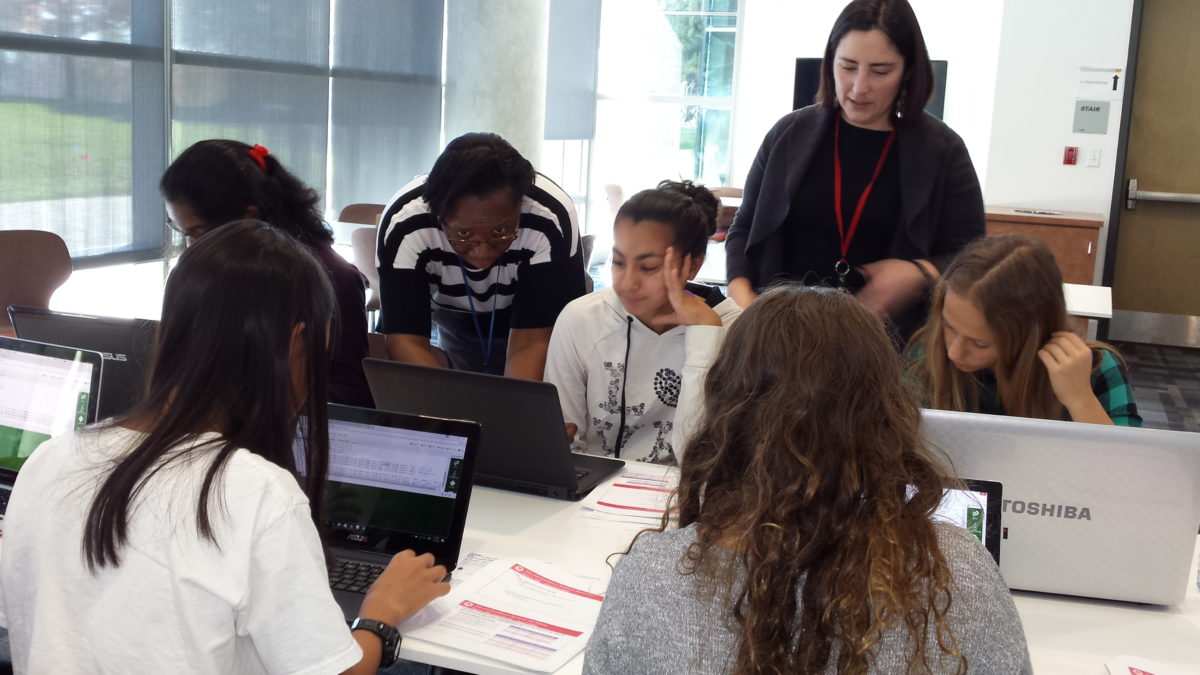“Do you Uber?” the woman asks me, emphasizing the unfamiliar word. “Yes,” I reply. “Well,” she continues, sounding relieved now, and waving her smartphone in my direction, “you see I’ve got a problem. It says the Uber is two minutes away, but I don’t need it for another three hours!”
Transportation is changing, rapidly.
Sure, there’s an age difference between this woman and myself, but we have a lot more in common than the things that separate us. We’re living at the same time, in the same city, surrounded by the same innovations. I assure the woman she’ll be able to get an Uber in three hours, on-demand, and realize, again, what a luxurious concept that is.
The Dupont Circle-based Eno Center for Transportation wants to talk about the rapidly changing landscape of technology and transportation. Specifically, as Rob Puentes, Eno’s incoming president and CEO said in his intro to the Convergence conference last Thursday, Eno wants to facilitate the conversation about how policymakers, at all levels of government, can appropriately interact with and respond to new transportation technologies.
So Eno gathered a room full of policymakers and technologists and researchers at the Ronald Reagan Building to do just that. And if there was one remarkable outcome of the event, it was the sheer number of really good questions posed in that room.
Questions like:
- What would public-private partnerships in transportation innovation look like?
- How can technology help port cities cope with the arrival of mega vessels carrying more imports than ever?
- How can city governments encourage personal behavior change when it comes to how citizens get around?
- Whose job is it to teach the elderly how to use Uber?
- How do cities plan for the future given that so much in innovation is uncertain?
- What does the public sector need to do to recruit tech talent?
- How do a person’s transportation habits change over the course of her lifetime?
- Can cities embrace the “lean startup” model when it comes to making changes in the transportation space?
- How do we improve the equity of transportation options?
Some of these questions rely on forthcoming research to find an answer, but others are more a matter of values. What do we, as a country, or state, or city, or neighborhood, or individual want transportation to look like?
It was fascinating to hear directors of planning and vice presidents of strategy and heads of research and founders of transportation startups take on these questions. But, as the conference proceedings also proved, these are not simple questions with easy, defined answers. Rather they’re big and complicated and, quite frankly, probably perennial.
So as city dwellers and mobility lovers and tech enthusiasts, we hope Convergence is only the beginning of this kind of thinking.
Join our growing Slack community
Join 5,000 tech professionals and entrepreneurs in our community Slack today!
Donate to the Journalism Fund
Your support powers our independent journalism. Unlike most business-media outlets, we don’t have a paywall. Instead, we count on your personal and organizational contributions.

When global tech association CompTIA spun off its nonprofit arm, the TechGirlz curriculum went dark

DC introduces tech to prevent school vans from speeding

How should tech firms be taxed? Maryland is the latest test case

